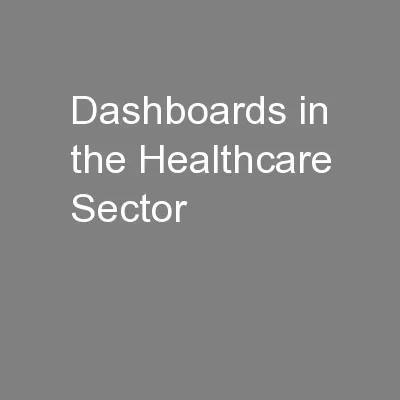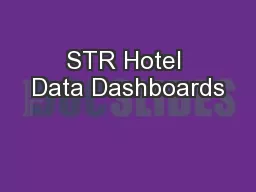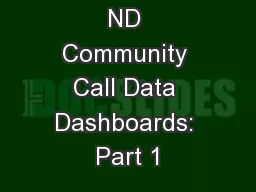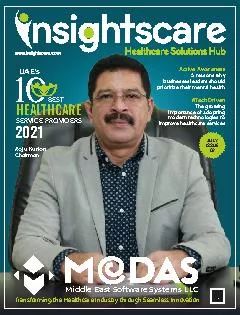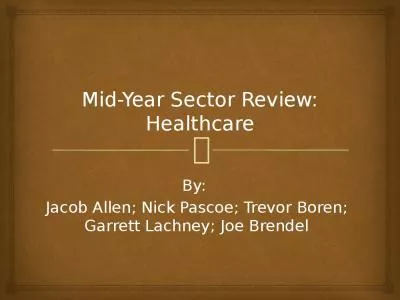PPT-Dashboards in the Healthcare Sector
Author : debby-jeon | Published Date : 2016-08-01
Howard Gitlow PhD Steve Ullmann PhD Amy Zuo MBA University of Miami School of Business Administration 305 284 4296 hgitlowmiamiedu wwwhowardgitlowcom Traditional
Presentation Embed Code
Download Presentation
Download Presentation The PPT/PDF document "Dashboards in the Healthcare Sector" is the property of its rightful owner. Permission is granted to download and print the materials on this website for personal, non-commercial use only, and to display it on your personal computer provided you do not modify the materials and that you retain all copyright notices contained in the materials. By downloading content from our website, you accept the terms of this agreement.
Dashboards in the Healthcare Sector: Transcript
Download Rules Of Document
"Dashboards in the Healthcare Sector"The content belongs to its owner. You may download and print it for personal use, without modification, and keep all copyright notices. By downloading, you agree to these terms.
Related Documents

